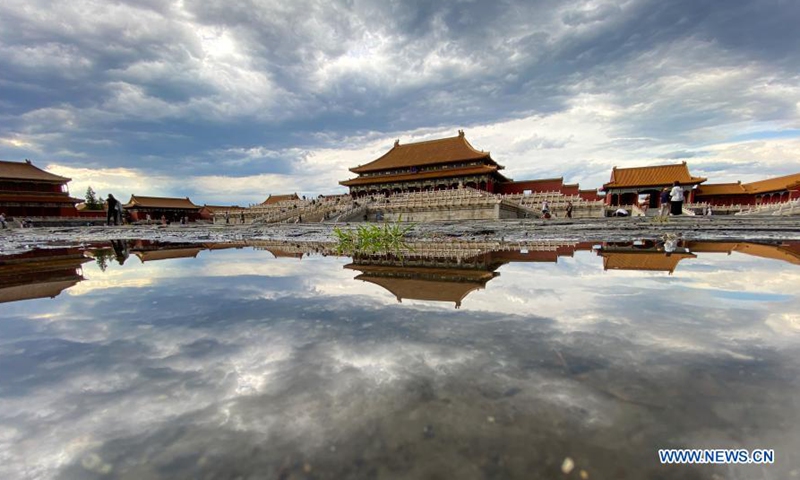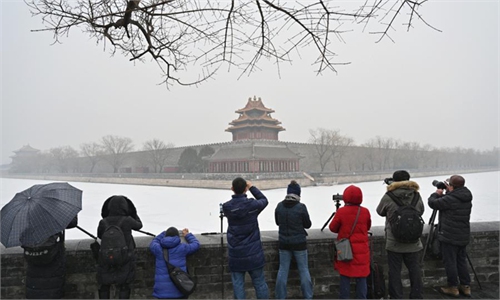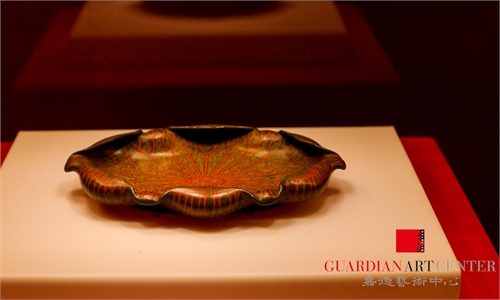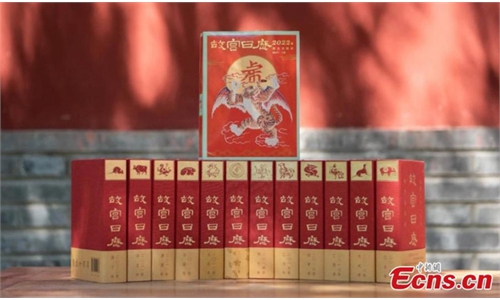
Photo taken with a mobile phone shows a view in the Palace Museum in Beijing, capital of China, Nov. 4, 2020. The year 2020 marks the 600th anniversary of the Forbidden City. (Xinhua/Hou Dongtao)
The latest archaeological data has revealed that the Palace Museum ground has risen by one meter compared to 600 years ago when it was first built, the Palace Museum said on Tuesday. The finding is seen as a major breakthrough in recent archaeological work by insiders.
The result was revealed at the Taihe Forum, focusing on civilization exchanges and mutual learning from the perspective of archaeology.
A total of 28 archaeological results were displayed, said the Beijing Evening News on Wednesday, among which the most eye-catching is that the ground of the Palace Museum was found to be one meter higher than it was during the early years of the Ming Dynasty Yongle Emperor (1403-24).
Yongle was the third emperor of the Ming Dynasty, who reigned for a total of 22 years. Construction of the Palace Museum began in 1046 and was completed in 1420.
The process of obtaining the result was not simple, and experts said a "decentralized anatomy" was required in excavation work at the Palace Museum.
"You have to be very cautious when digging in a place like the Palace Museum. Unlike normal archaeology, various works should be carried out beforehand," an insider told the Global Times on Thursday.
Archaeology has been an important part of the Palace Museum. As early as 2016, the archaeology team made a breakthrough discovery by locating the exact position of the Yuan Dynasty (1271-1368) imperial palace, which lay right under the Palace Museum.
For years, the location of the Yuan Dynasty's imperial palace, which was buried underground for hundreds of years during the changing of the dynasties, had been confusing to the experts and archaeologists. Experts used to believe that the Yuan palace "might be somewhere near the Palace Museum," according to The Beijing News.
"We are always looking for clues [in the Palace Museum's archaeological work]. It's like a map," Li Ji, director of the Palace Museum Archaeology Institute, said at the forum.



